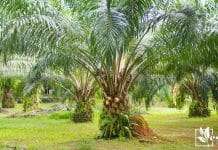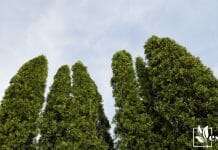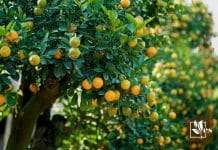- When to Plant Corn in San Diego: Optimal Seasons and Tips - July 19, 2024
- When to Plant Hydrangeas in Illinois: Best Timing for Optimal Growth - July 19, 2024
- Why Are My Radishes Growing Above Ground: Uncovering the Causes - July 19, 2024
How to revive a dying avocado tree is not as simple as many people think, it needs identification of the problem, a possible change of soil, and other steps. One of the leading causes of the death of avocado trees of the Lauraceae family is fungal disease and root rot.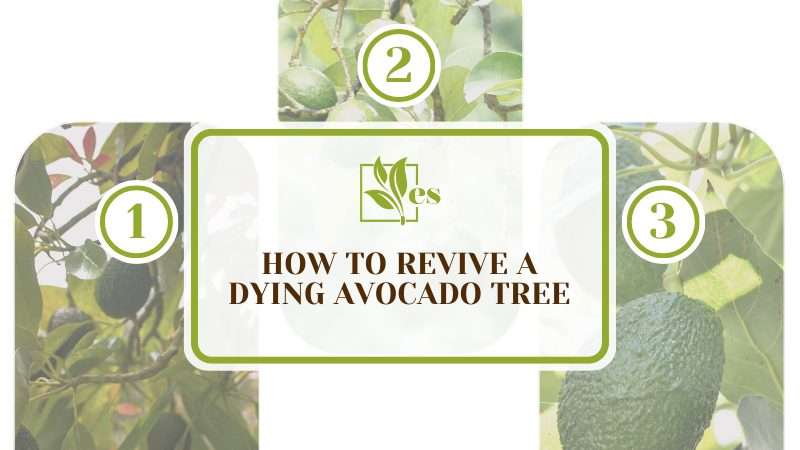
However, many other factors affect this fruit tree. If these problems are not addressed quickly, they can easily take over the tree and kill it; that’s why you should read this article and take the appropriate steps.
JUMP TO TOPIC
How To Revive a Dying Avocado Tree?
To revive a dying avocado tree you need to identify the cause of the problem: possibly change the soils, provide proper drainage, do not overwater, test for salinity levels, mulch your avocado plants, fertilize your soil, apply gypsum and use fungicides to help solve the problem.
1. Identify the Cause of the Problem
The first thing to do is to diagnose why your avocado plant is dying. You can take it to a local gardening center, have a plant expert look at it, and diagnose the problem. Doing this right, in the beginning, will determine the steps you need to take to revive the tree, potentially saving it from dying.
2. Change the Soil
New soil can save your avocado tree as it will provide the tree with the minerals and nutrients it requires. Replacing the ground will prevent any disease from spreading further and eradicate any bacterial problems in the roots.
3. Provide Proper Drainage for Your Soil
Sufficient drainage is vital to ensuring your soil is properly aerated, removing any extra moisture that could lead to bacterial growth in the soil. Well-draining soil reduces mineral and nutrient loss from runoff. It also keeps your tree growing even when moisture and water are scarce.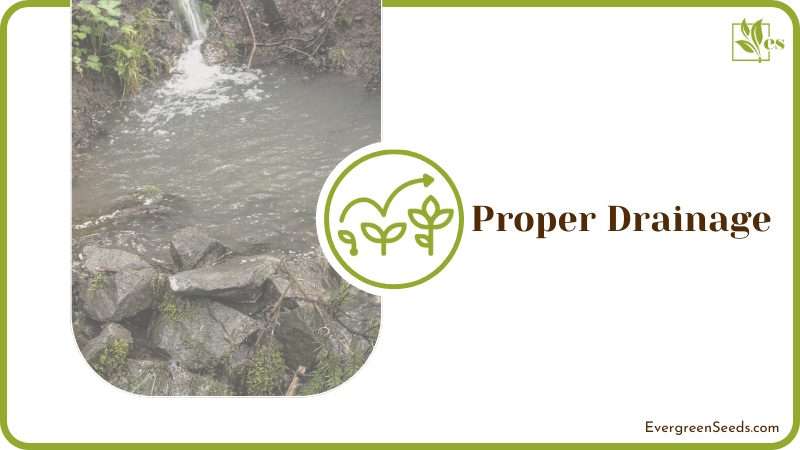
It also allows proper absorption of fertilizers or compost manure added to the soil. If you happen to be growing your tree in a pot, you can ensure it has good drainage by putting a layer of small rocks at the bottom of the pot before adding soil.
You can also dig drainage channels or small tunnels around the tree roots and leave them filled with loose soil. This provides a valuable channel for excess water to drain through. These drainage channels will be more effective if you grow your tree on sloping ground.
4. Don’t Overwater Your Tree
Common avocado trees need at least 13 gallons of water weekly, in three “doses.” Allow the soil to dry out before you water it again. Do not water in the middle of the day when the sun is hottest, as it will evaporate, causing the soil to dry before it is absorbed. The same approach should be followed for other fruit trees that are planted in Zone 9, such as avocadoes.
Watering too often keeps the soil moist, allowing fungal spores and diseases to grow. Fungi love damp and warm growing conditions. If not saved early enough, an overwatered plant may show signs of wilting and drying.
5. Test for Salinity Levels in Your Water
Avocado trees are susceptible to salinity, or the amount of dissolved salts in water. Salts in water are compounds like potassium nitrate that can affect your plants.
Test your water to ensure it does not have high levels of saline. If you don’t know how to test it yourself, you can take it to a professional water testing company within your area that will give you a detailed report and advice on the best plants to grow with the kind of water you have.
6. Mulch Your Avocado Plants
Mulch is usually laid over the surface of the soil and is beneficial in helping your soil retain moisture. Mulch suppresses weeds, prevents frost during winter, and keeps the soil cool during the hot season.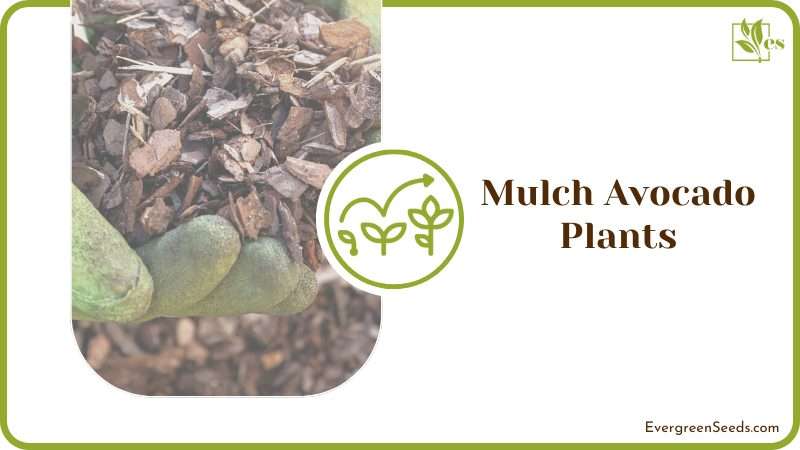
It also helps improve the soil structure and the soil’s nutrient-holding capacity. Some of the materials to use as mulch include straw, pine needles, shredded leaves, grass clippings, newspaper, or chipped or shredded bark. Wood mulch promotes the growth of bacteria that inhibits and eliminates some fungal diseases.
7. Fertilize Your Soils
When sprayed on the avocado, organic or inorganic fertilizers will work wonders. The fertilizer contains nutrients and minerals like potassium, phosphorus, and nitrogen that your tree needs to thrive.
Most fertilizers also help the soil perform better by helping it retain water and allow air to flow, which is perfect for the roots. You can use organic fertilizers like compost, coffee remains, or fish emulsion or go for inorganic ones. Ensure you use fertilizers that have more nitrogen and less zinc, as they will make your avocado trees thrive.
8. Apply Gypsum
Gypsum is a soft sulfate mineral with calcium and sulfur nutrients that your avocado tree will love. Use about 25 pounds of gypsum working it on the soil surface up to 6 to 10 inches deep. It will help your tree survive variations of root rot that cannot survive with so much calcium in the soil, needing other minerals as well.
The gypsum creates a calcium-rich environment that helps prevent the formation of new spores in certain fungal diseases while discontinuing its life cycle.
It also improves the soil’s ability to soak up water, acidity levels, and structure while treating aluminum toxicity. Gypsum will also help reduce soil erosion and runoff, the more reason you should add it.
9. Use Fungicides
Finally, if all else fails or you want to try multiple treatments simultaneously, use fungicides. Fungicides prevent and destroy the growth of fungal diseases on the roots of your trees. They destroy the fungal cell membranes by disturbing the energy production within the cells.
The best fungicide to use for your avocado tree should contain potassium phosphate. Ensure you read the labels on how to use the fungicide on the roots before the rain, before any disease develops, and during any weather. During the wet season, increase the number of times you spray the fungicide to eliminate any signs of fungal spores.
Final note:
Your avocado tree is most likely dying due to dry air, which causes water loss from leaf cells. The leaves will start turning brown when this happens, and this will obviously affect the tree as it cannot produce food without leaves.





